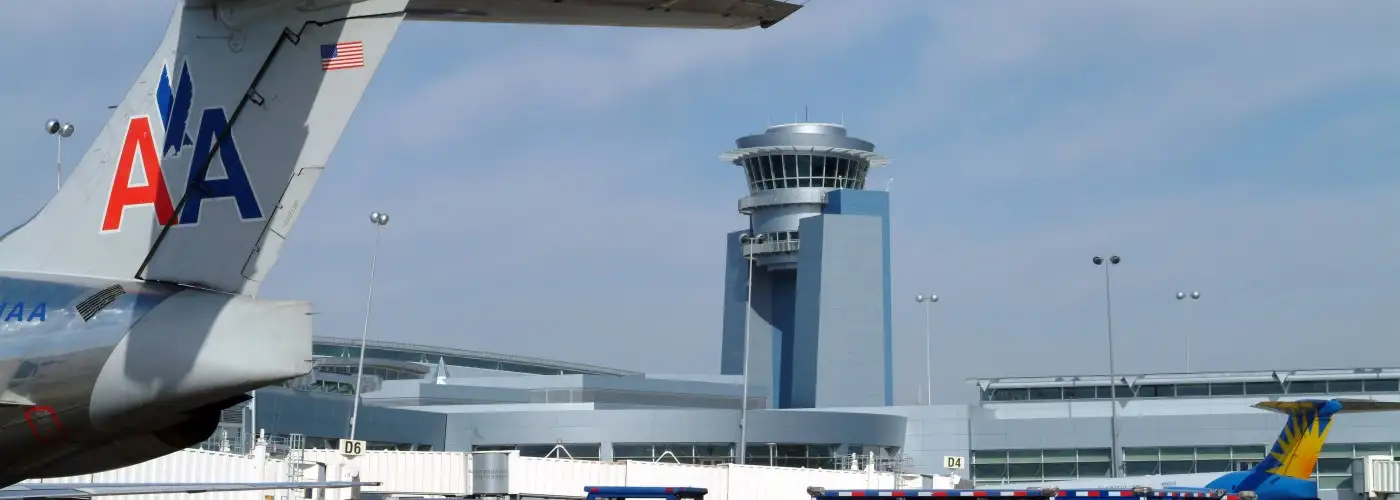In a conference call yesterday with three lawyers representing American and US Airways, the two airlines laid out their strategy for fighting the Department of Justice’s (DOJ) suit to block their merger on antitrust grounds.
Addressing the DOJ’s general complaint, the lawyers reiterated three assertions that have been made repeatedly by the two airlines’ top executives over the past few months:
- The merger would provide consumer benefits, notably more routes.
- The merger would be pro-competitive, putting American in a position to compete with Delta and United.
- There is no pricing coordination or collusion in the industry. Evidence cited: Thousands of fares change daily.
The legal team expressed confidence in their case, naturally, and said they are “looking forward with confidence toward our day in court.”
Other Key Points
- Only a federal judge can halt merger.
- At trial, the burden of proof will be on the DOJ, which must convince the judge that the merger is anti-competitive.
- The airlines have hired a prominent antitrust lawyer to argue their case.
- There’s no scheduled trial date yet, but it should be before the end of the year.
- There could be a settlement before or during the trial, but it’s unlikely.
Merger Cheat Sheet
- The new company will retain the “American Airlines” name and be based at American’s Ft. Worth headquarters.
- US Airways chief Doug Parker will be the new CEO. American chief Tom Horton will be named chairman of the new board and remain in that position until the spring of 2014 when the company’s first annual shareholder meeting will be held. When Horton departs the board, Parker will assume his position as chairman.
- American’s creditors would own around 72 percent of the new company; US Airways shareholders would get the rest.
- Based on 2012 results, the new company would have generated $38.7 billion in revenue.
- The merger is expected to generate around $1 billion in combined extra revenue and cost savings for the new company.
- The new company will be valued at around $11 billion.
- Combining the third- and fifth-largest U.S. carriers will create the world’s largest airline, in terms of passenger traffic.
- Prior to any post-merger rationalization, the two airlines will have around 94,000 employees, 950 planes, 6,500 daily flights, and eight major hubs (American: Dallas, Miami, Chicago, Los Angeles, New York; US Airways: Phoenix, Philadelphia, Charlotte). Although the carriers promise to maintain all current hubs, Phoenix and Philadelphia are likely to be downsized in the post-merger “rationalization.”
- The new American will be a member of the oneworld alliance, not the Star Alliance.
- The merger is subject to review and approval by U.S. regulators. That wasn’t expected to be a problem since there is relatively little overlap between the two airlines’ networks.
- The actual merger won’t happen overnight. United and Delta required five and seven months respectively to secure the necessary approvals for their mergers.
- It was 22 months after their merger closed before United and Continental finally merged their frequent flyer programs. Expect a similar post-close interval before American and US Airways consolidate their programs.
- Comparisons between American and US Airways’ current mileage programs are probably moot since there’s a high likelihood that an entirely new revenue-based program (like Southwest’s) will be introduced to replace both programs.
- After the merger, 83 percent of U.S. domestic air traffic will be in the hands of just four airlines (American 26 percent, United 19.3 percent, Delta 19.2 percent, Southwest 17.3 percent).
Reader Reality Check
What’s your bet: Will the merger ultimately succeed, or not?
This article originally appeared on FrequentFlier.com.
We hand-pick everything we recommend and select items through testing and reviews. Some products are sent to us free of charge with no incentive to offer a favorable review. We offer our unbiased opinions and do not accept compensation to review products. All items are in stock and prices are accurate at the time of publication. If you buy something through our links, we may earn a commission.
Related
Top Fares From
Today's Top Travel Deals
Brought to you by ShermansTravel
Kenya: 14-Night Tour, Incl. Tanzania &...
smarTours
 vacation
$7125+
vacation
$7125+
7-Night Caribbean Round-Trip Cruise From Orlando:...
Norwegian Cruise Line
 cruise
$739+
cruise
$739+
Ohio: Daily Car Rentals from Cincinnati
85OFF.com
 Car Rental
$19+
Car Rental
$19+




